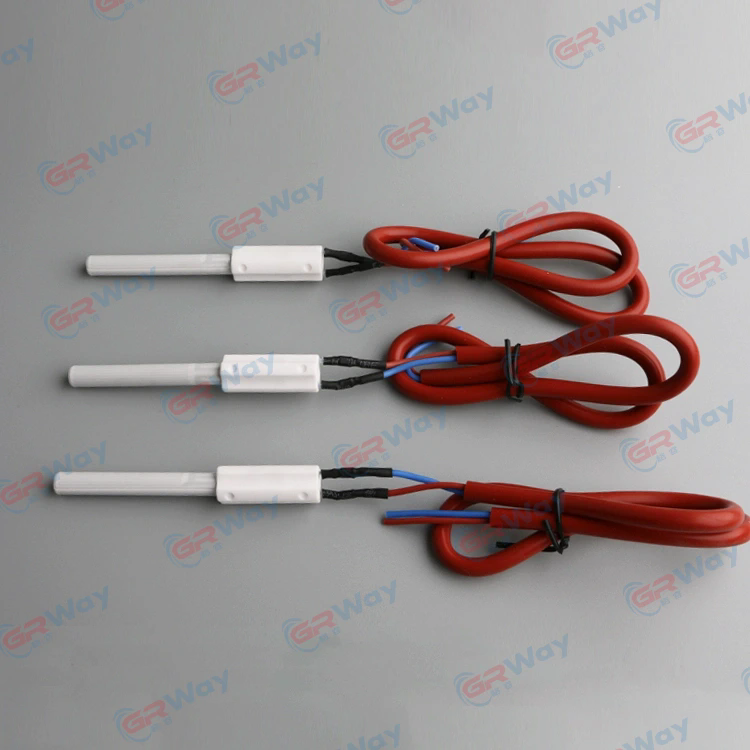How Ceramic Pellet Igniter Works
2024-08-16
The working principle of Ceramic Pellet Igniter is mainly based on the principle of electrothermal effect and high-temperature ignition. The following is a detailed explanation of its specific working principle:
Working principle
Electrothermal effect:
Ceramic pellet igniter usually contains electrothermal elements inside, which are mostly made of high-resistivity materials such as metal wire or metal alloy.
When the electrothermal element is energized, the current will generate heat when it passes through the resistive material. According to Joule's law (Q = I²Rt, where Q is heat, I is current, R is resistance, and t is time), the square of the current multiplied by the resistance and time is the heat generated.
As the current continues to pass, the electrothermal element heats up rapidly, converting electrical energy into thermal energy.
High-temperature ignition:
As the shell and supporting structure of the igniter, ceramic material has excellent high-temperature stability and corrosion resistance, and can withstand the high temperature generated by the electrothermal element.
When the temperature of the electrothermal element reaches the ignition point of the pellet fuel, the surrounding combustible particles begin to heat and reach the ignition point.
Under the action of high temperature, the volatile matter on the surface of the pellet fuel is first ignited to form a flame, which then ignites the entire pellet fuel bed to achieve ignition start.
Workflow
Power on: Connect the ceramic pellet igniter to the power supply, and the electric heating element starts to work.
Heating: The electric heating element heats up rapidly, converting electrical energy into thermal energy.
Ignition: When the temperature of the electric heating element reaches the ignition point of the pellet fuel, the pellet fuel begins to be ignited.
Maintain combustion: After successful ignition, the igniter may continue to work for a period of time to maintain the stable combustion of the flame until the combustion system is fully started and operates stably.




























